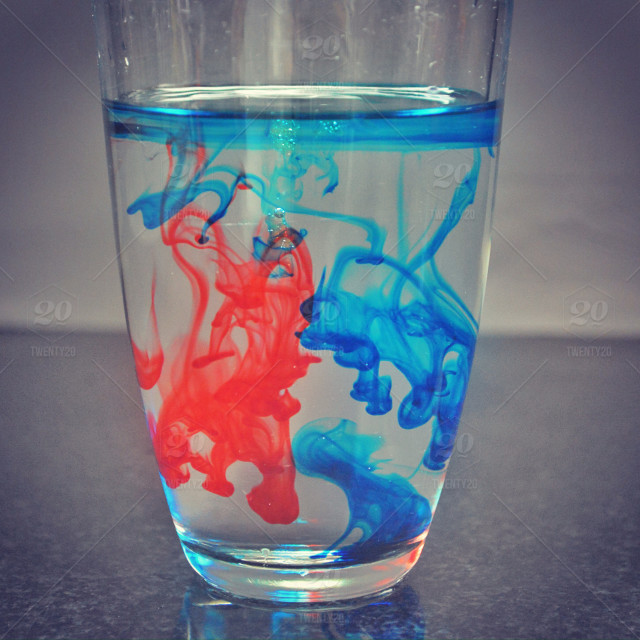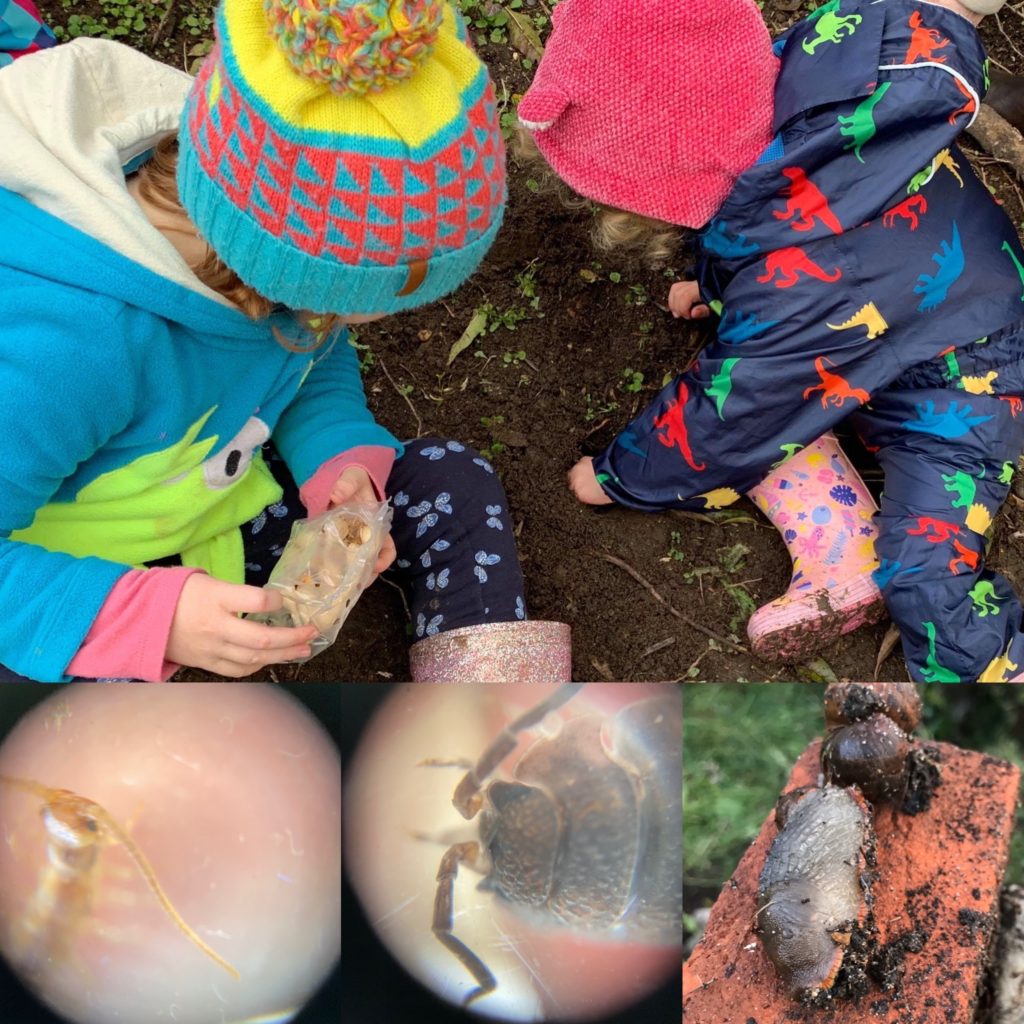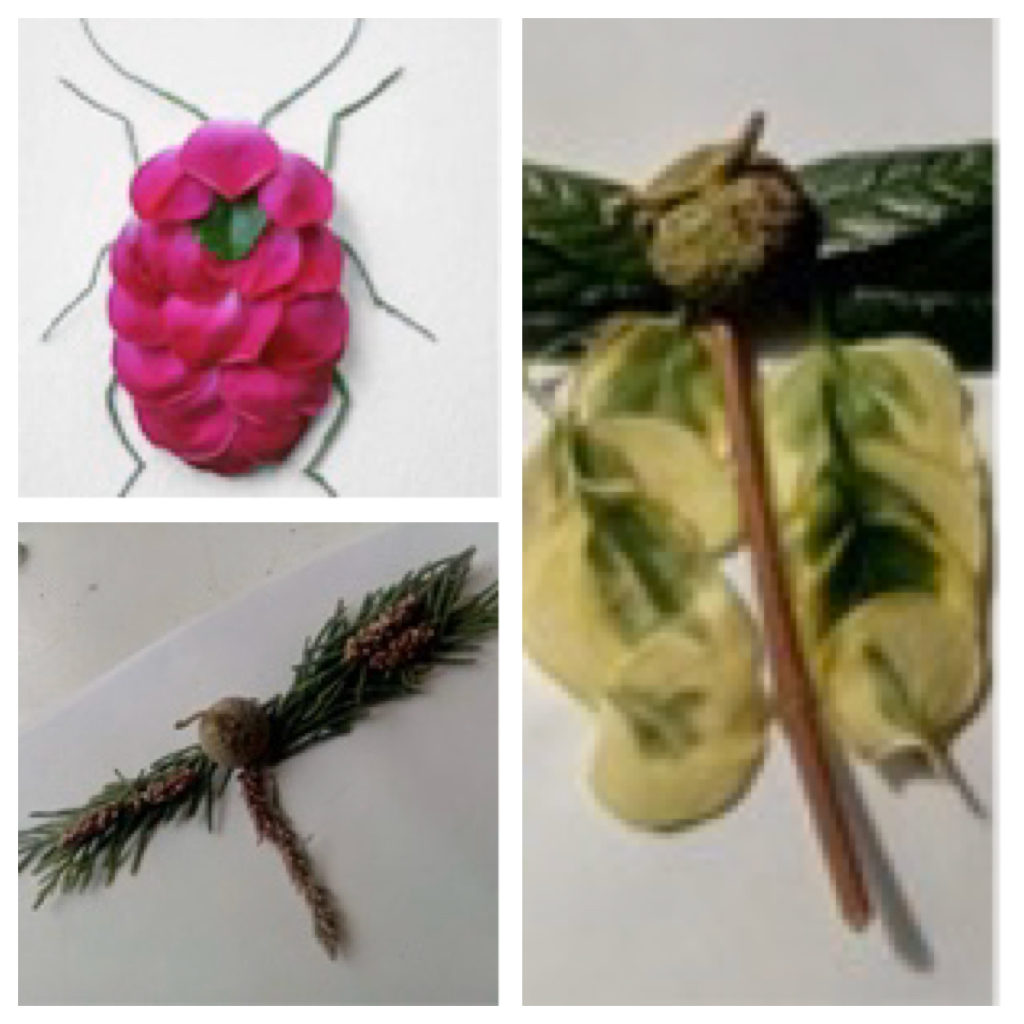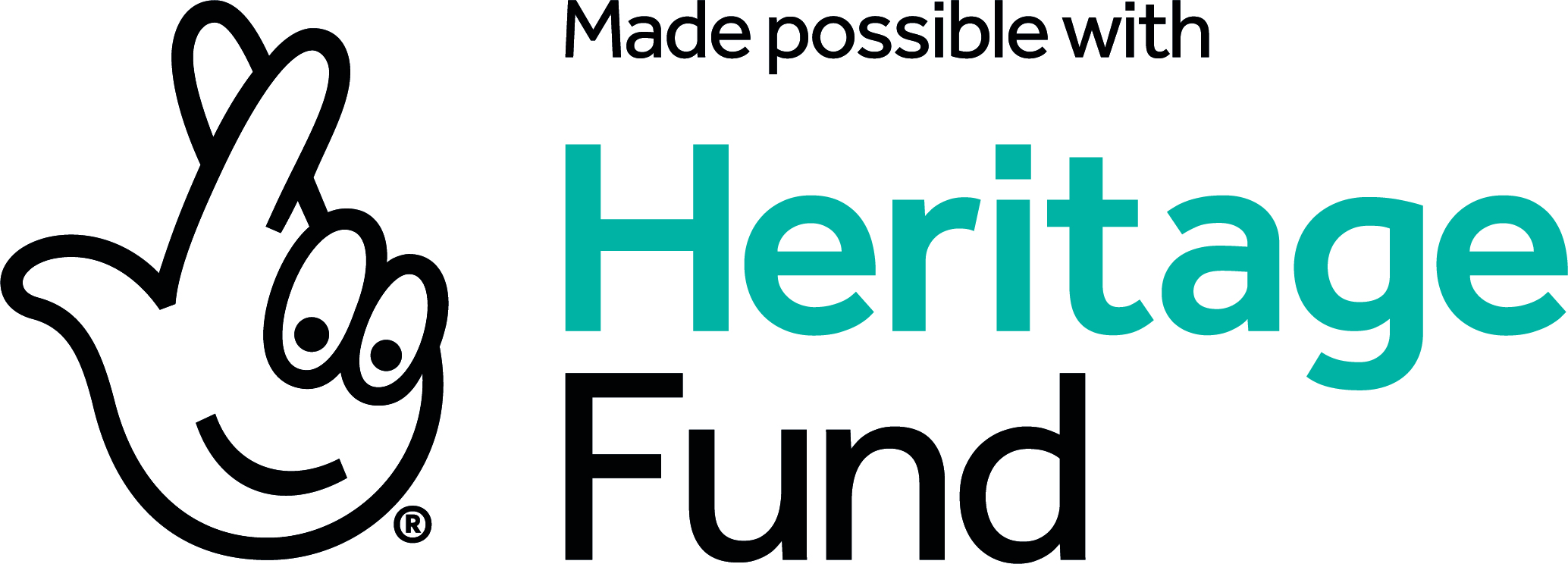
This is a favourite for the children I work with, even the older ones!
You will need: 3 colours of water (ideally yellow, red and blue). The easiest way to do this is to use food colouring and water and mix them together, but paint and water works just as well. 6 cups (3 with the water colours in and 3 empty). A jug of water. A pipette or old medicine syringe is helpful but not essential.
Pour some plain water into a cup (preferably see through). Use the syringe/pippette to add one of the colours into the water. Now add another colour. Mix them with a stick. What colour do they make?
It is a good idea to start simply and mix:
Yellow and red
Red and Blue
Blue and Yellow
Once the children have the idea, they can play about and see how many colours they can make! It's useful to talk about primary colours and why they are the basis for all other colours... if you're not sure, there is a video here.

Beautiful weather expected up and down the country this weekend, perfect for a little bug hunting!
You will need: If you have one, a magnifying glass or clip on microscope. A piece of paper and a pencil
Download our garden animal spotting chart and use it to find the animals listed. How many can you find?
Chose the one you like the most and really look at it.
Now can you draw it, really carefully?
If you'd like to you can send it to us and we will pop it up here.

You will need: Paper, glue and possibly paints and a paint tray if you want to extend this activity.
Head into the garden or to your local green space (or beach) whilst you are doing your daily exercise and collect anything you think looks interesting.
For green spaces - lots of different flowers, petals fallen down to the floor, a stick, lots of different shaped leaves, grass heads, etc
For the seaside - seaweed, shells, driftwood, tideline finds, interesting stones, sea glass etc .
Use them to make a picture or sculpture. By choosing an animal you'd like to make a picture of, drawing an outline (or asking a grown uo to draw one or print one off for you) and then sticking your objects onto the animal to decorate it).
We suggest crabs, jellyfish, dragon flies and butterflies, but you can be as creative as you want! You can send them over to us and we will put them up to show your hard work!
If you want to take this further, you could use some as paintbrushes - dipping them in paint then painting or stamping patterns onto the paper (or a fence!) If you feel some and they feel rough or bumpy, they might make a good pattern when you roll them too. What pictures can you make using this technique?



